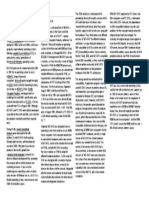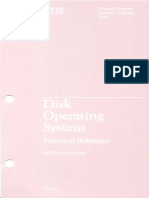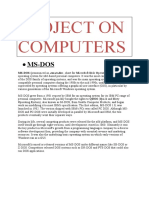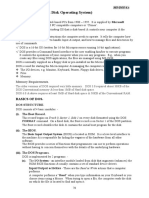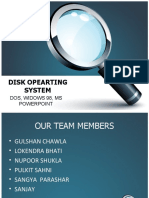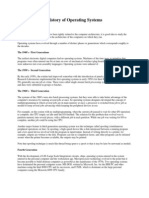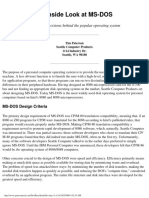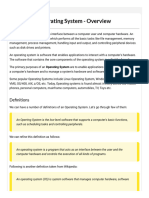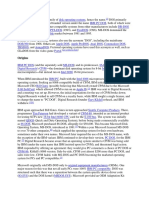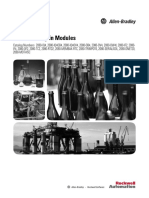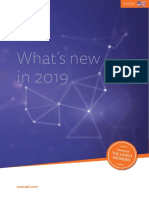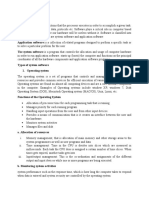0% found this document useful (0 votes)
3 views4 pagesDisk Operating System - Wikipedia
A disk operating system (DOS) is an operating system that utilizes a disk or direct-access storage for secondary storage, providing a file system and program execution capabilities. Historically, DOS evolved from early storage methods to become essential for mainframe and personal computers in the 1960s through the 1980s, with various versions like MS-DOS and CP/M becoming widely used. Although the term is now considered historical, DOS played a crucial role in the development of modern operating systems.
Uploaded by
cs8672167Copyright
© © All Rights Reserved
We take content rights seriously. If you suspect this is your content, claim it here.
Available Formats
Download as PDF, TXT or read online on Scribd
0% found this document useful (0 votes)
3 views4 pagesDisk Operating System - Wikipedia
A disk operating system (DOS) is an operating system that utilizes a disk or direct-access storage for secondary storage, providing a file system and program execution capabilities. Historically, DOS evolved from early storage methods to become essential for mainframe and personal computers in the 1960s through the 1980s, with various versions like MS-DOS and CP/M becoming widely used. Although the term is now considered historical, DOS played a crucial role in the development of modern operating systems.
Uploaded by
cs8672167Copyright
© © All Rights Reserved
We take content rights seriously. If you suspect this is your content, claim it here.
Available Formats
Download as PDF, TXT or read online on Scribd
/ 4


